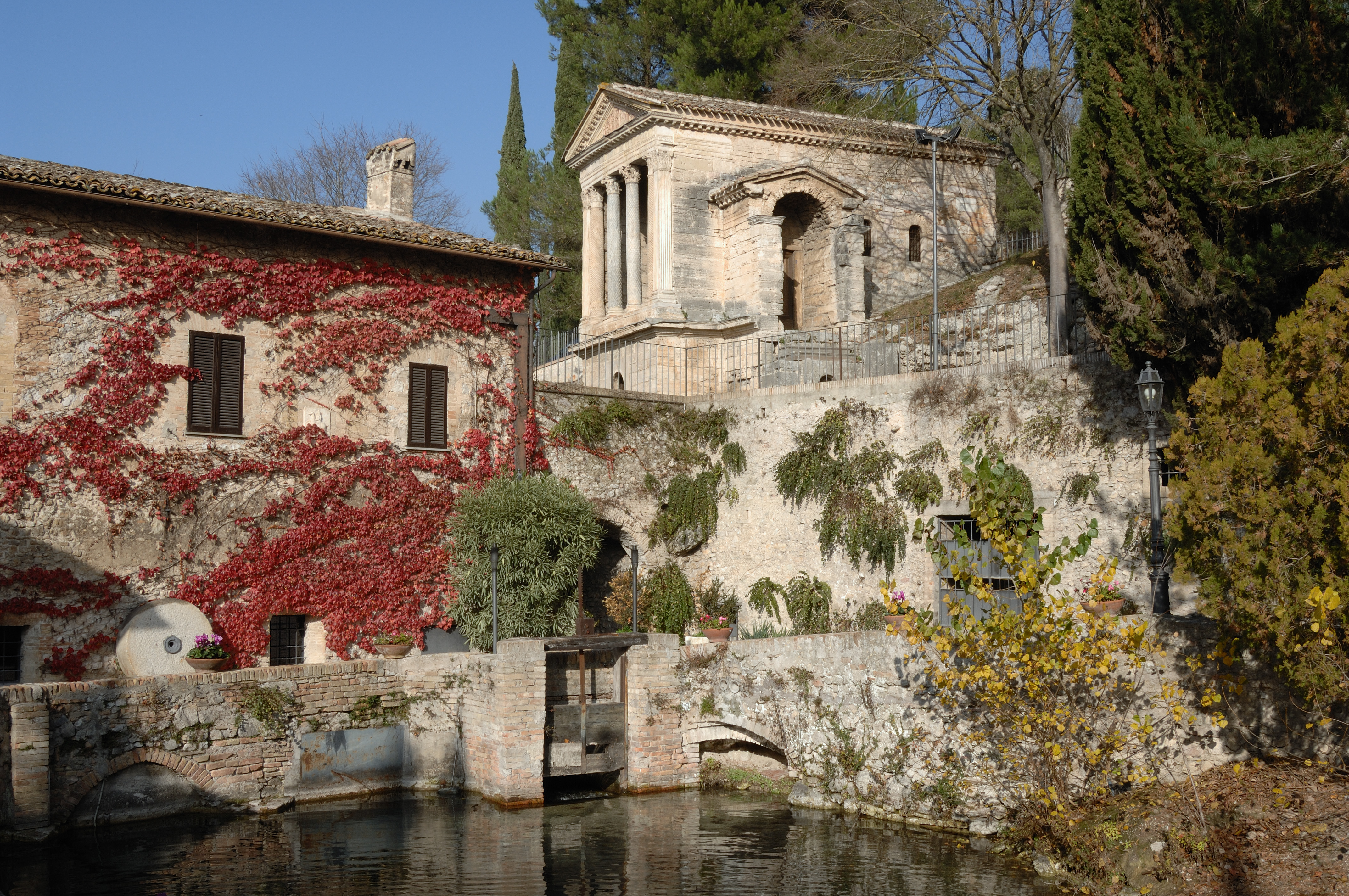Jovialis
Advisor
- Messages
- 9,313
- Reaction score
- 5,876
- Points
- 113
- Ethnic group
- Italian
- Y-DNA haplogroup
- R-PF7566 (R-Y227216)
- mtDNA haplogroup
- H6a1b7
When archaeologists arrived on the scene of an unassuming field in Suffolk, England, they didn’t expect to find much in the way of significant archaeological relics. They had been hired by the energy company ScottishPower to make sure that the area was clear of artifacts before beginning a planned construction project. But “[the field] didn’t really point to much being there,” Claire Halley of Wardell Armstrong, the company that oversaw the dig, tells Rory Smith of CNN. “It didn’t register as a site of great potential.”
Sometimes, looks can be deceiving.
As they dug into the field, archaeologists hit upon what appeared to be a wooden walkway, which they initially believed was built during the medieval period. But radiocarbon dating of the wood revealed that the construction was, in fact, a Neolithic trackway that dates to approximately 2300 B.C.
Around 100 feet of the timber walkway and a host of other intriguing artifacts were unearthed during the excavation, according to Maev Kennedy of the Guardian. Archaeologists found wooden posts that seemed to mark the route of the trackway, which seemed to lead up to a platform, Kennedy writes. Along the trackway were white pebbles not commonly seen in the area, indicating that they were transported there deliberately. The team also discovered the hulking skull of an aurochs, an extinct wild ox, which had been cut in a way that suggests it sat atop a pole or was used as a headdress. The skull was already 2,000 years old when the trackway was built, so it likely held profound significance to the people who brought it to the area.
These artifacts offer compelling evidence to suggest that the trackway was a ritual site. Neolithic peoples “weren’t living here,” Vinny Monahan, one of the archaeologists involved in the excavation, tells Kennedy. “[T]hey made this place deliberately and they were coming here because it was important to them.”
Natural water springs, which were unearthed by the dig, have kept the trackway in remarkably good condition. According to a ScottishPower statement, the wood is in such good condition that archaeologists can identify two different sets of markings; one set, archaeologists believe, was made by an apprentice, while the other was made by a more experienced craftsman who took over the job. The presence of the springs may also explain why the site was chosen “as a special place” more than 4,000 years ago, the statement notes.
The site was used for hundreds of years by several ancient cultures. A Neolithic enclosure found in the area was built 500 years before the trackway. Archaeologists also found a Bronze Age enclosure, an Iron Age ditch, Roman ditches and the remains of Saxon buildings. According to Kennedy, the site was filled in the 11th century, which buried the springs and the artifacts that surrounded them.
The wood and other relics uncovered by the excavation have been sent off for further analysis, and they may one day be displayed in local museums.
“Undoubtedly this is a site of international archaeological significance,” Richard Newman, associate director at Wardell Armstrong, said in the statement. “It is exceptionally rare to find preserved organic materials from the Neolithic period, and we will learn a great deal from this discovery.”
https://www.smithsonianmag.com/smar...bly-ritual-site-discovered-england-180969493/
Sometimes, looks can be deceiving.
As they dug into the field, archaeologists hit upon what appeared to be a wooden walkway, which they initially believed was built during the medieval period. But radiocarbon dating of the wood revealed that the construction was, in fact, a Neolithic trackway that dates to approximately 2300 B.C.
Around 100 feet of the timber walkway and a host of other intriguing artifacts were unearthed during the excavation, according to Maev Kennedy of the Guardian. Archaeologists found wooden posts that seemed to mark the route of the trackway, which seemed to lead up to a platform, Kennedy writes. Along the trackway were white pebbles not commonly seen in the area, indicating that they were transported there deliberately. The team also discovered the hulking skull of an aurochs, an extinct wild ox, which had been cut in a way that suggests it sat atop a pole or was used as a headdress. The skull was already 2,000 years old when the trackway was built, so it likely held profound significance to the people who brought it to the area.
These artifacts offer compelling evidence to suggest that the trackway was a ritual site. Neolithic peoples “weren’t living here,” Vinny Monahan, one of the archaeologists involved in the excavation, tells Kennedy. “[T]hey made this place deliberately and they were coming here because it was important to them.”
Natural water springs, which were unearthed by the dig, have kept the trackway in remarkably good condition. According to a ScottishPower statement, the wood is in such good condition that archaeologists can identify two different sets of markings; one set, archaeologists believe, was made by an apprentice, while the other was made by a more experienced craftsman who took over the job. The presence of the springs may also explain why the site was chosen “as a special place” more than 4,000 years ago, the statement notes.
The site was used for hundreds of years by several ancient cultures. A Neolithic enclosure found in the area was built 500 years before the trackway. Archaeologists also found a Bronze Age enclosure, an Iron Age ditch, Roman ditches and the remains of Saxon buildings. According to Kennedy, the site was filled in the 11th century, which buried the springs and the artifacts that surrounded them.
The wood and other relics uncovered by the excavation have been sent off for further analysis, and they may one day be displayed in local museums.
“Undoubtedly this is a site of international archaeological significance,” Richard Newman, associate director at Wardell Armstrong, said in the statement. “It is exceptionally rare to find preserved organic materials from the Neolithic period, and we will learn a great deal from this discovery.”
https://www.smithsonianmag.com/smar...bly-ritual-site-discovered-england-180969493/






